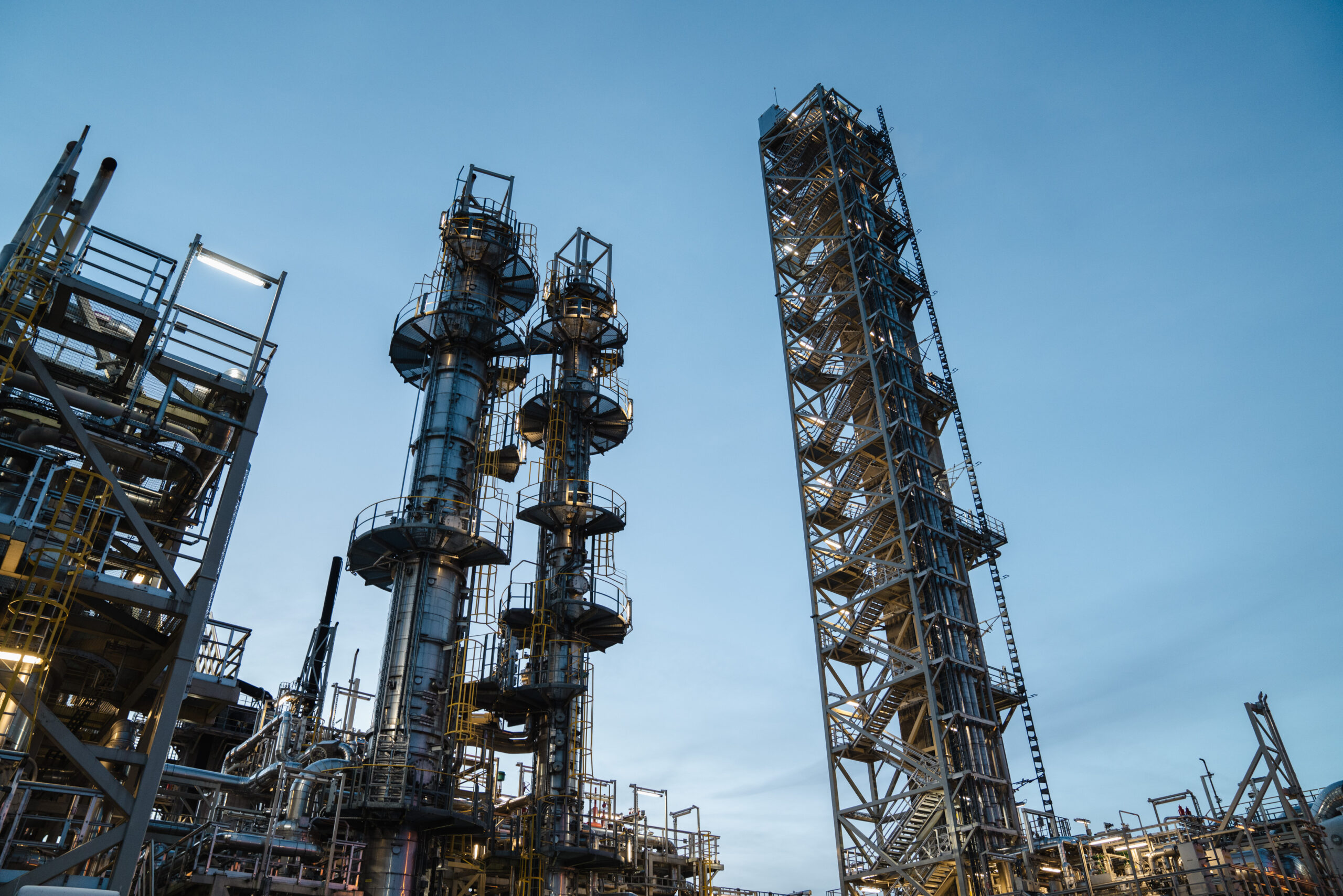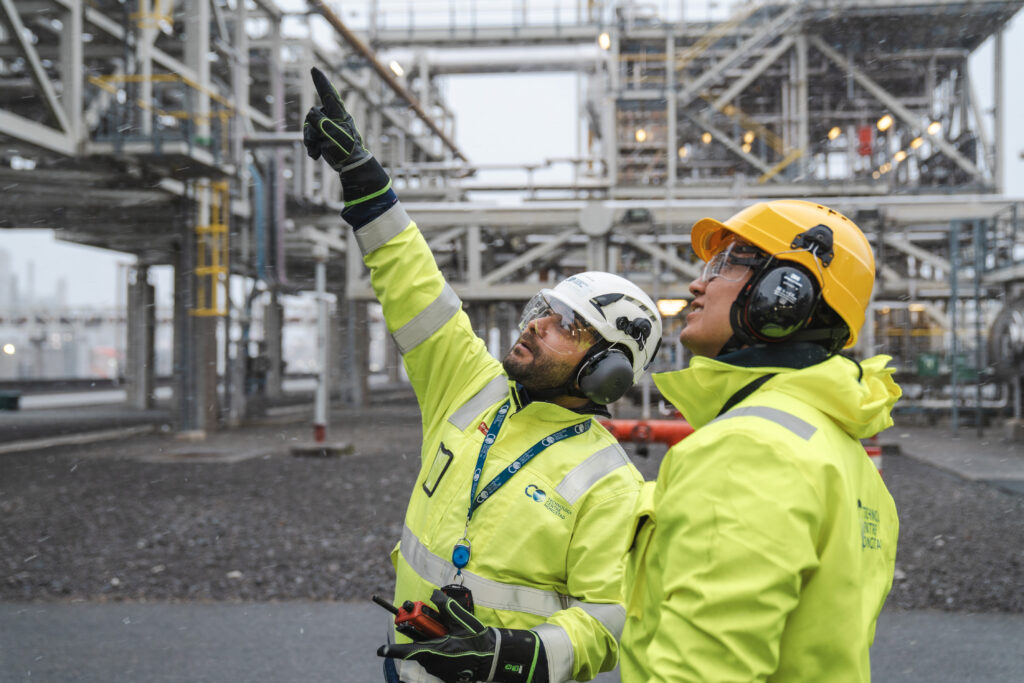
06.01.2025
TCM and Honeywell: A Collaborative Milestone in Carbon Capture Innovation
At the Technology Centre Mongstad (TCM), the world’s leading CO2 capture test facility, Honeywell is conducting an ambitious testing campaign to advance its next-generation carbon capture technology.
The Honeywell campain is running from late October 2024 until February 2025, the campaign at the amine plant exemplifies the power of collaboration and cutting-edge innovation in addressing the global climate challenge.
On-Site Expertise Fosters Seamless Operations
Honeywell’s strong presence at TCM has been key to the campaign’s success. With a permanent representative on-site and regular visits from their project manager and senior experts, the company ensures daily coordination with TCM’s operational and technical teams.
“Daily meetings allow us to align on results and plan necessary adjustments,” says Ahmad Wakaa, Senior CO2 Capture Technologist and coordinator for the Honeywell campaign at TCM.
“Honeywell’s feedback and technical suggestions are invaluable. The close interaction means that if they observe something unexpected—like higher-than-expected emissions—we can quickly analyze the issue and implement changes, often within the same day.”
This real-time adaptability enables the campaign to maintain momentum and optimize test outcomes. Honeywell’s structured approach and proactive communication ensure that TCM can make all necessary preparations in advance, enhancing efficiency.

Testing Under Challenging Conditions
So far, the campaign’s most challenging and intriguing phase has been Honeywell’s demonstration of their technology with ‘dirty flue gas’—flue gases with high levels of impurities.
“This type of testing is particularly thrilling,” Wakaa explains. “It challenges the technology to prove its robustness. Monitoring these processes in the control room is captivating—it doesn’t feel like work when you’re watching innovation in action.”
TCM’s world-class monitoring instruments play a pivotal role in providing the granular data needed to evaluate performance. Wakaa says that Honeywell has praised these capabilities, which allow for detailed tracking of emissions and operational parameters that would be difficult to achieve elsewhere.
The Technology Behind the Campaign
Honeywell’s carbon capture system uses an advanced amine solvent developed in partnership with the University of Texas at Austin (UT Austin). The solvent absorbs CO2 from flue gases, which is then separated and compressed for storage or reuse, and isdesigned for industrial plants in sectors like power, steel, and cement.
TCM campaign builds on extensive pilot-scale testing conducted at at UT Austin’s Separations Research Program plant (SRP) and the National Carbon Capture Center (NCCC), which collectively logged over 7,000 hours of operation. The move to engineering-scale testing at TCM allows Honeywell to validate the performance and scalability of its solution under real-world conditions, a critical step toward commercial deployment.
Collaboration Driving Progress
TCM’s unique ability to simulate industrial-scale conditions makes it a vital resource for advancing carbon capture technologies. In addition to operational testing, TCM’s laboratory team provides precise analyses that inform adjustments and optimizations in the field.
“Honeywell is making full use of the resources here,” says Wakaa. “Our advanced instruments and experienced team enable us to meet their needs, from field demonstrations to precise laboratory analyses.”
By February, this partnership will have generated valuable insights to refine Honeywell’s technology and support its commercialization, setting a benchmark for innovation in the global fight against climate change.
